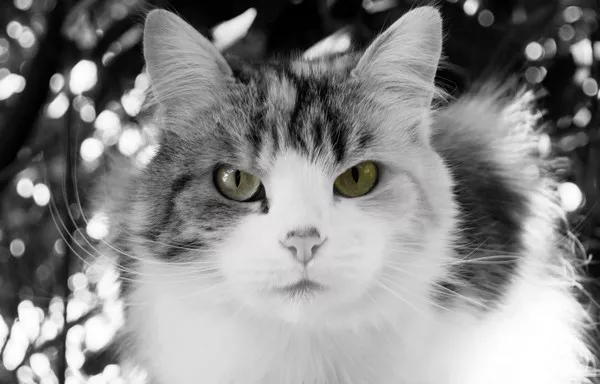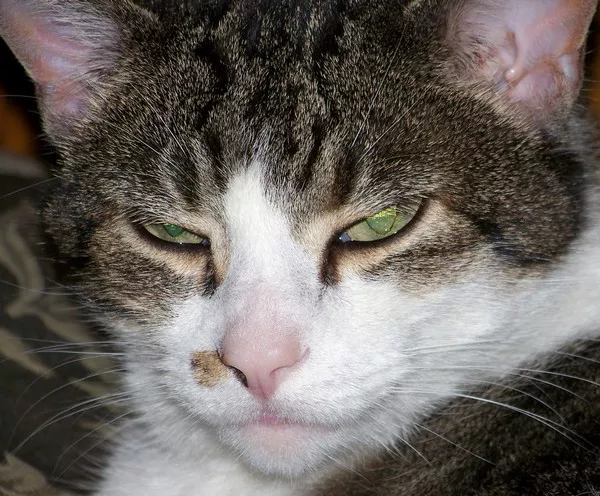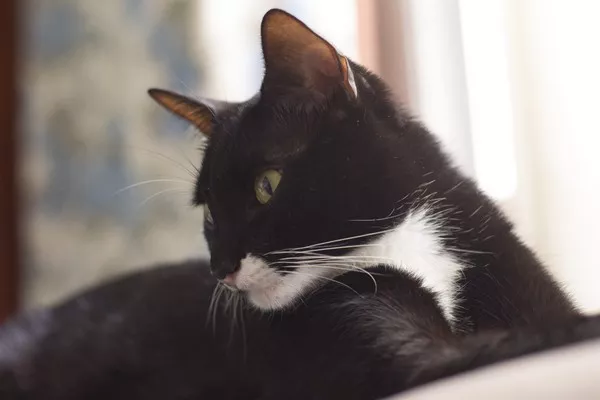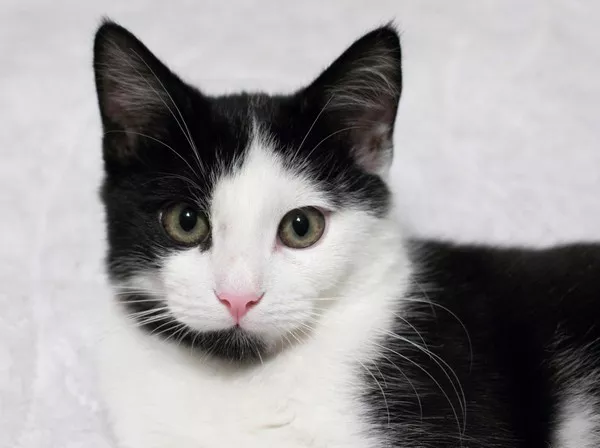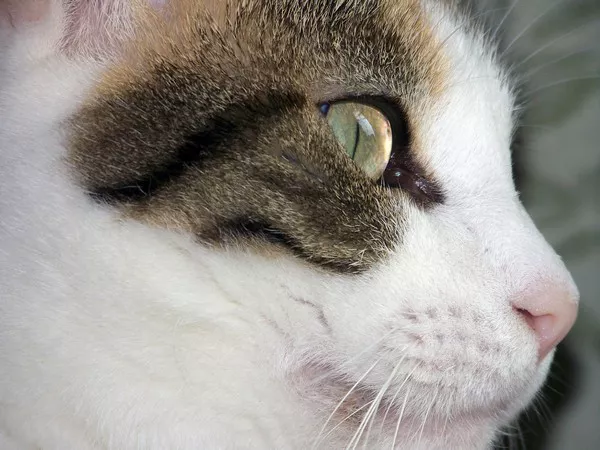Manx cats are one of the most distinctive and captivating breeds in the feline world. With their unique physical traits, fascinating history, and endearing personalities, Manx cats stand out as a breed worth exploring in depth. This article will delve into the special characteristics that make Manx cats unique, including their appearance, genetic background, temperament, and care requirements.
The Origins of the Manx Cat
The Manx cat is often associated with the Isle of Man, a small island located in the Irish Sea. The breed’s name is derived from this geographic location, where the cats have been native for centuries. The exact origins of the Manx cat are somewhat shrouded in mystery, with several theories attempting to explain how this distinctive breed came to be.
Historical Theories
One popular theory suggests that the Manx cat’s unique taillessness is the result of a genetic mutation that occurred on the Isle of Man. According to this theory, the mutation became prevalent due to the island’s isolated nature, where the cats were kept in relative genetic isolation from other feline populations.
Another theory posits that the Manx cat is a descendant of cats brought to the Isle of Man by the Vikings. These cats, originating from Scandinavia, are believed to have had a genetic mutation leading to the breed’s distinctive taillessness. This theory is supported by the fact that Viking settlements on the Isle of Man were established long before the breed was formally recognized.
Cultural Significance
Manx cats have been a part of Isle of Man folklore for centuries. Local legends often depict these cats as having special qualities or magical abilities. For instance, some stories claim that the taillessness of the Manx cat is due to a curse or magical spell. Such folklore has contributed to the breed’s mystique and has made the Manx cat an integral part of the island’s cultural heritage.
Physical Characteristics
The most distinguishing feature of the Manx cat is its lack of a tail. However, this is just one of several physical characteristics that set the breed apart from others. Understanding these traits requires a closer look at the various types of Manx cats and their specific features.
Tail Variations
Manx cats come in several tail variations, which are classified based on the length of the tail:
Rumpy: These cats are completely tailless, with no vertebrae in the tail area. This is the most extreme form of taillessness and is considered the breed’s hallmark.
Rumpy-Riser: These cats have a small bump of tail vertebrae, which may be noticeable but does not extend beyond the rump.
Stumpie: Stumpies have a short, stubby tail, which can vary in length but is generally quite short compared to the tails of most other cats.
Longie: These cats have a longer tail that may resemble the tail of a more typical feline, though it is still shorter than average.
Body Structure
Manx cats have a distinctive body structure that complements their unique tail variations. They typically have a rounded appearance with a strong, muscular build. Their hindquarters are often more pronounced, giving them a slightly “humped” appearance compared to other breeds. This physical characteristic is attributed to the genetic mutation that affects tail development and can influence the overall skeletal structure.
Coat and Color
Manx cats come in a wide variety of coat colors and patterns, including solid, tabby, bicolor, and calico. Their coats are dense and plush, which can make them appear larger than they actually are. The coat length can vary, with some Manx cats having short coats and others sporting longer fur. Regardless of the coat length, the fur is generally soft and smooth.
See Also: What Do Manx Cats Eat?
Genetic and Health Considerations
The genetic mutation responsible for the Manx cat’s taillessness also has implications for the breed’s overall health. While many Manx cats are perfectly healthy, there are some genetic conditions associated with the breed that potential owners should be aware of.
Spinal Issues
One of the most notable health concerns for Manx cats is related to their spinal development. The same genetic mutation that affects the tail can also influence the development of the spine. Some Manx cats may suffer from a condition known as Manx Syndrome, which can cause a range of spinal and neurological issues. Symptoms of Manx Syndrome can include difficulty walking, incontinence, and severe pain. It is essential for prospective owners to obtain cats from reputable breeders who screen for these conditions to minimize the risk.
General Health
In addition to spinal issues, Manx cats are generally susceptible to the same health concerns as other domestic cats. This includes common feline diseases such as upper respiratory infections, dental issues, and obesity. Regular veterinary check-ups, a balanced diet, and proper grooming can help maintain a Manx cat’s overall health and well-being.
Temperament and Behavior
The personality of the Manx cat is as unique as its physical appearance. Manx cats are known for their friendly and affectionate nature, making them excellent companions for families and individuals alike.
Social and Playful
Manx cats are generally very social animals. They enjoy interacting with their human families and often get along well with other pets, including dogs and other cats. Their playful nature makes them particularly suited for households with children, as they tend to be energetic and enjoy engaging in various forms of play.
Intelligent and Curious
Manx cats are also known for their intelligence and curiosity. They are quick learners and can be trained to perform tricks or use a litter box with relative ease. Their inquisitive nature means that they enjoy exploring their environment and may be interested in interactive toys or puzzle feeders that challenge their minds.
Independent Yet Affectionate
While Manx cats are affectionate and enjoy spending time with their families, they are also known for their independent streak. They can entertain themselves for extended periods and are often content with having a bit of alone time. This balance between independence and affection makes them well-suited for various living situations.
Care and Maintenance
Caring for a Manx cat involves understanding and addressing their unique needs. Proper care can help ensure that they remain healthy and happy throughout their lives.
Grooming Needs
Manx cats require regular grooming to keep their coats in good condition. The frequency of grooming will depend on the length and type of their fur. Short-haired Manx cats generally need less grooming than their long-haired counterparts, but all Manx cats benefit from regular brushing to remove loose hair and prevent matting.
Diet and Nutrition
A balanced diet is crucial for maintaining the health of a Manx cat. High-quality cat food that meets their nutritional needs can help prevent obesity and support overall health. It is important to monitor their weight and adjust their diet as needed to ensure they remain at a healthy weight.
Exercise and Enrichment
Manx cats thrive on regular exercise and mental stimulation. Providing opportunities for play, such as interactive toys and climbing structures, can help keep them physically and mentally active. Regular playtime is also an excellent way to strengthen the bond between a Manx cat and its owner.
Conclusion
Manx cats are truly unique creatures with their distinctive appearance, fascinating history, and engaging personalities. Their taillessness, combined with their friendly and intelligent nature, makes them a breed like no other. While there are some genetic considerations to be aware of, with proper care and attention, Manx cats can make wonderful and loving companions. Whether you are drawn to their striking physical traits or their endearing temperament, a Manx cat is sure to bring a special kind of joy into any home.
Related Topics
Are Manx Cats High Maintenance? Grooming Tips and Strategies
Top 10 Cat Breeds Ideal for Outdoor Living
What Is the Most Popular Oil Type for the Cymric Breed of Cat?



